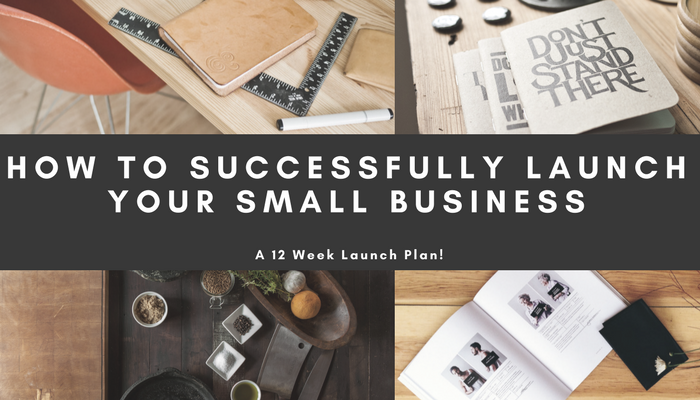Sometimes we talk the talk, but aren’t necessarily walking the walk. I wanted to share with you what happened when I applied the same advice I’ve been giving my clients for years.
My husband and I recently opened a fine art gallery. We had an opportunity present itself, we explored its potential and we took action. Neither of us are artists, nor do we have any extensive experience in the art industry. In fact, we are complete novices. That may not seem so far fetched, if you knew us personally. But what is interesting is that I was able to get a movie director to sit on our panel discussion, meet a fine art Master, get a visit from the Mayor, have a Senator over for lunch and have over 300 people show up for our “private” preview and do it all in about 60 days. All I did was take some of the same techniques, tricks and tools that I’ve been sharing with my clients for years and applied them to our newest venture.
In this 4 part series of articles, you will discover how to use some of those same techniques, tricks and tools found in my ebook “Get it Right and Move Along,” and on my blog to either form, strengthen or grow your business not only faster, but SMARTER.
Open your eyes. Don’t fear failure. Properly plan and prepare and quickly learn from your mistakes. See “Small business owners shouldn’t fear failure.” Before you embark on any adventure, you have to perform due diligence. Meaning, do your homework. Research your industry, local market, regional market, etc. Clearly know and understand the needs of your potential clients. If possible, visit your competitors and see how they do things. Ask questions. You’d be surprised how much your competitors are willing to share with you about your industry. You’re not asking them to reveal their trade secrets, but you are asking what are some of the challenges they’ve experienced, lessons they’ve learned, changes they forsee, etc. There is much to be learned from your competitors. Know how to use that information to your advantage. Arm yourself with knowledge by reading books, internet searches, attending relevant and workshops/seminars etc.
Everything starts with a plan. Develop a Micro Business Plan that provides you with guidance and direction on how to get from where you are to where you want to be. Keep it simple, keep it clear and keep it to a page or two. Cover the basics: who, what, where, when, why and how. Use your plan to focus on your priorities. Look at it often and make changes when necessary. If something no longer applies or there is an external change, update your plan appropriately and keep moving. If you don’t already know, business plans are not just for financing. They are a blueprint for the daily operations of your business and achieving your business goals. They also help prevent decision paralysis and information overload.
Take inventory of your current resources to get a clear understanding of your needs. Who and what do you already have access to? Before you focus on what you are missing, know what you already have and have access to. Go through your database and look for who can help you move forward faster. Who can help you gain access to the things you need? What can you re-purpose for better use?
Know your limits. No one knows all there is to know, especially when you are entering a new field. You can read a lot of books and do a lot of research, but it would be smart to surround yourself with wise counsel. Develop an Advisory Board to provide you with the appropriate guidance you need, help you look out for bumps in the road, make connections, “reel you in,” and help you achieve your objectives. You have to be open and willing to take advice from experts as a well as constructive criticism. You have to learn how to apply the information you need and discard what you don’t. Be a SMART business owner by doing what you do best and getting help when you need it. Reach out to people who can be effective at championing your cause, including business leaders. See “How to access the wisdom of business leaders.”
By the time we got through this phase, we had performed due diligence, created a Micro Business Plan, we were legally formed (www.bizfilings.com is quick and easy), we had a high-level art industry professional, award-winning artist and an attorney on our advisory board; met with numerous established gallerists for sage advice and prepared to move forward.
Stay tuned and find out how we got a full page article in our local paper and a visit from a Senator!
















Hey Michelle,
Congrats on your new art gallery, that’s awesome! Great advice as well. You are so right, planning is so important. It should be the first thing you do before taking any action. Can’t wait to see parts 2-4. Thanks for sharing.
Sylvia
@Sylvia – Thank you, Ms. Lady!